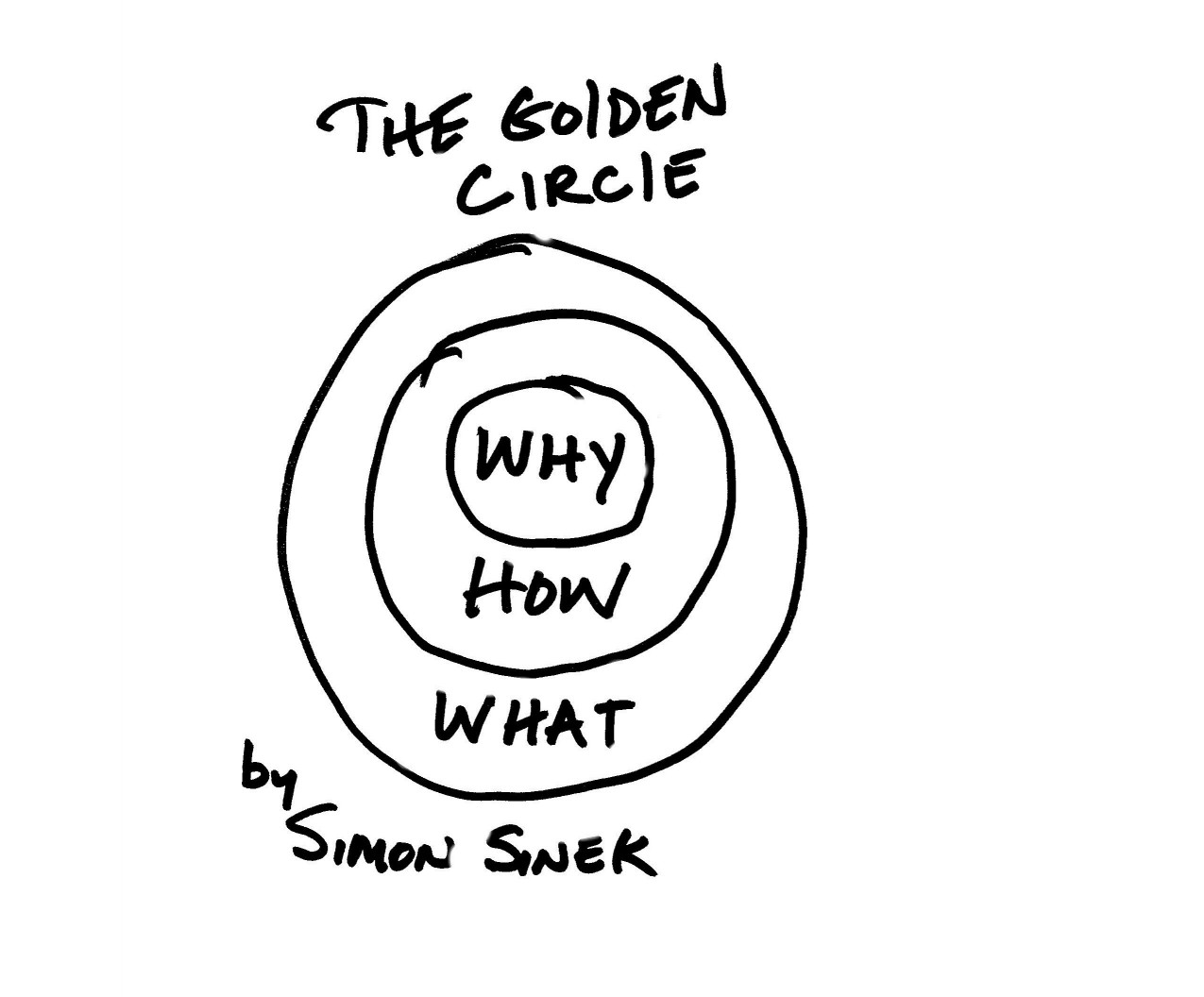“Start with Why”: The Persuasive Power of Why
One of the most-viewed TED talks is Simon Sinek’s “Start with Why”. By the way, “most-viewed” means some 26 million views. Pretty amazing!
But the reason the talk interests us is right in the title: “Start with Why.”
The “why” is the precise difference between a basic description and a good explanation. The point is not how something works or what it looks like, but why I need it and why it solves my problem.
Simon Sinek applies this to the success of particular ideas. The obvious example is Apple.
His question is this: What makes their products so different from other company’s? What makes them special?
The Golden Circle.
Picture three concentric circles. The largest outer one stands for what. The middle one symbolizes how. And the smallest one in the centre is the why. Like this:

While most companies communicate from the outside in and only know what they do and how they do it, the why remains elusive. The why is not about profit, Simon says: that’s the outcome. It’s about the motivation and conviction that produced the product.
If Apple, like most companies, started on the outside with the what, it would say something like this:
We make great computers (what) that are beautifully designed and easy to use (how). Why? Shrug.
Instead, the company starts at the core. They start by explaining why: We want to challenge the status quo. We want to completely redefine things. We want to turn the world upside down. (In a quote from the most recent Steve Jobs film, he says, “Artists lead and hacks ask for a show of hands!”)
How? With great design and a brand-new level of user-friendliness.
What will that produce? Innovative computers, tablets, and smartphones.
Ultimately, the “start with why” principle is nothing more than a good story that inspires customers’ trust and loyalty.
Wait… what? “Nothing more than a good story”? Actually, the story is what makes a company, idea, or product unique.